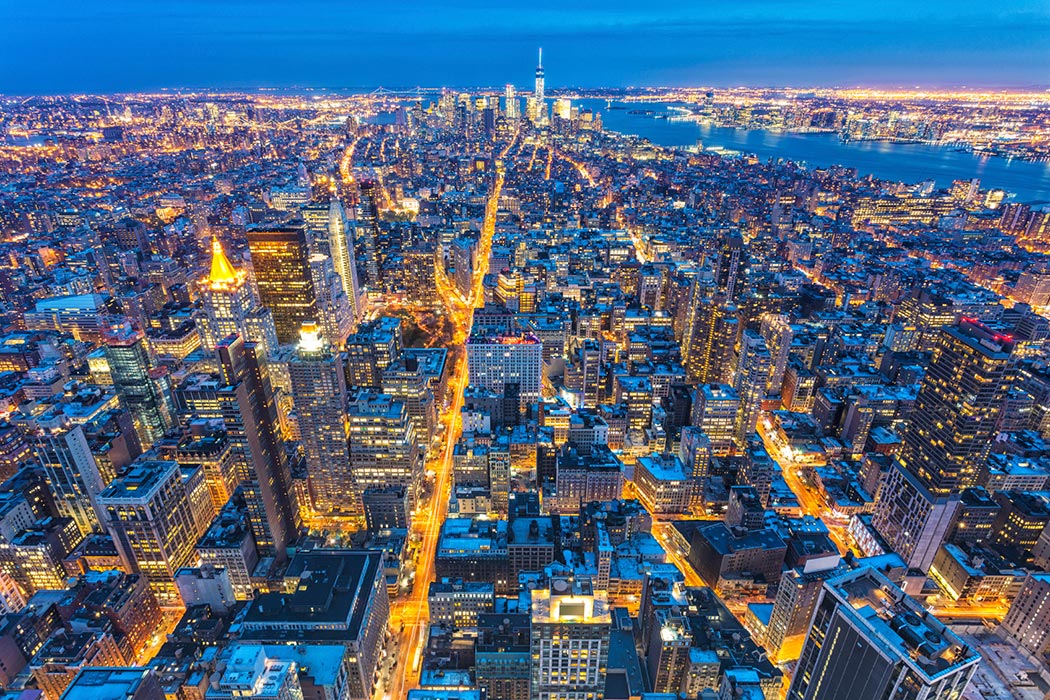It’s that time of year in the northern hemisphere when daylight begins to recede and darkness lingers for longer. In urban areas, we rely upon artificial light to mitigate this shift. We illuminate our cars, houses, offices, shops, parks, airports, and stadiums for longer hours during these months, allowing us to go about our daily business. In doing so, though, we’re effectively creating an artificial day/night cycle in the world around us—one that may affect our ecological and medical health.
The term “ecological light pollution” was coined a little over a decade ago by Travis Longcore and Catherine Rich to describe the potential effects of artificial light on our ecosystems. This pollution includes intense beams of light that can trap insects and disrupt the migration patterns of nocturnal birds, as well as a more diffuse urban glow that may affect health and activity patterns more subtly.
The case of the European blackbird presents an interesting opportunity to study the effects of ecological light pollution. Blackbirds are historically forest birds, but have adapted well to urban settings, which allows scientists to observe behavioral and physiological differences between birds in these different habitats. We already know that urban birds begin singing up to five hours earlier than their forest counterparts, due to light and noise pollution. Now, evidence gathered as part of an interdisciplinary research project called “Loss of the Night” shows that their evening behavior and circadian patterns can be affected as well.
Weekly Digest
In a study published recently in the Journal of Ornithology, scientists monitored the evening activity of 200 blackbirds in Leipzig during winter and spring. They found that during the winter, when nights were the longest, those blackbirds living near the well-lit city center foraged for almost 50 minutes later than their counterparts in forested areas. This inequality in foraging time then evened out, ultimately becoming negligible as the days became longer. The potential effect of this increase in foraging is not currently known, however. The researchers found that birds in both locations were similar in weight and body quality, so it doesn’t appear that the urban ones were benefiting from their late night snack. And because bird reproduction and molting are partly triggered by shifts in the day/night cycle, it’s not clear whether this artificial cycle might affect the species in the long term.
Surprisingly, we don’t know the long term effects of artificial day/night cycles on humans either. In fact, there is evidence that those who work in shifts that disrupt circadian patterns may experience a range of health effects, including an increased risk of cancer. While winter time’s loss of light can feel like a loss of control over our surroundings, routines, and moods, we shouldn’t forget that life has evolved to accommodate it—any artificial stability we achieve may have unintended consequences.







